Produce Spotlight: The Ultimate Guide to Turnips
If you have turnips and you are wondering what to do with them, here is our collection of easy great turnip recipes. Plus have you ever wondered how to tell the difference between a turnip and a rutabaga? Find out the answers today in the Ultimate Guide to Turnips, plus tips on how to store them and more.
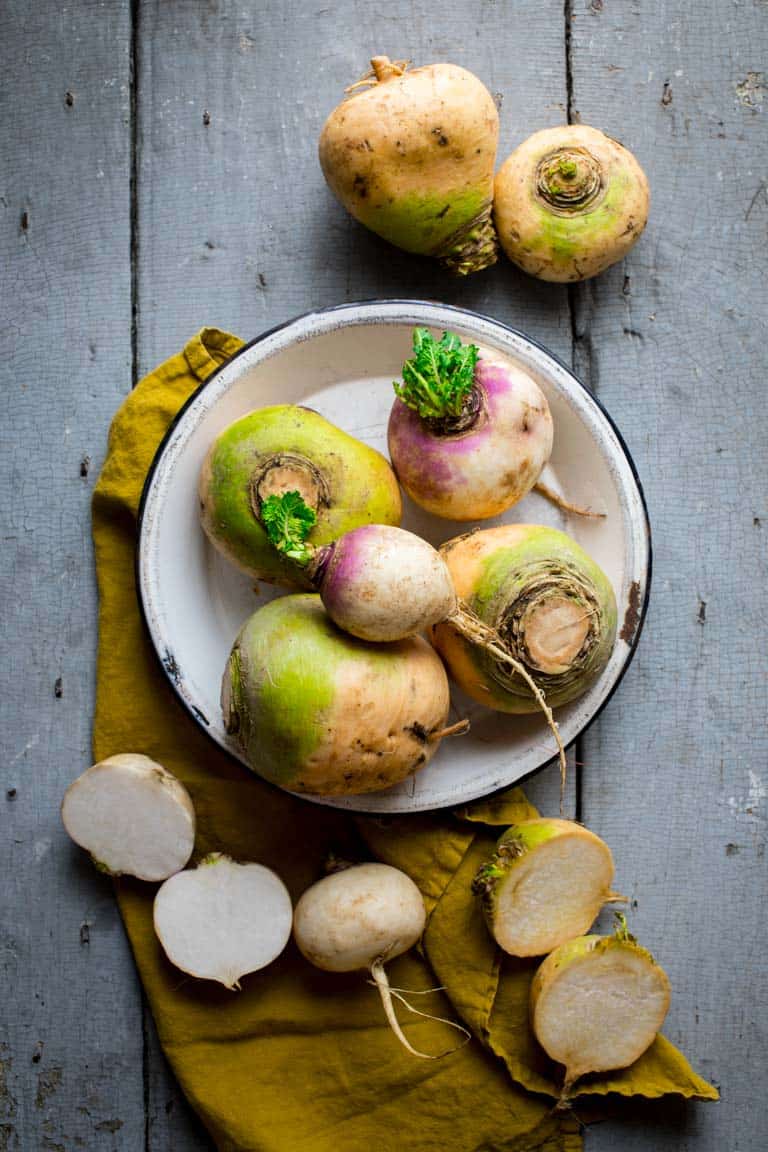
I originally shared this guide to turnips on April 4th, 2018. I have updated some of the text today.
TURNIP RECIPES
The Best Easy Turnip Recipes
If you have turnips and you are not sure what to make with them, try this collection of easy recipes.
Roasted Turnips
Here is a simple recipe for Roasted Turnips. It’s a great recipe for beginners because it is so easy. It is a great vegetable side dish alternative to potatoes and is paleo friendly, vegan and whole-30 approved!
Turnip Casserole
Our simple Turnip Casserole includes caramelized onions to lend a necessary sweetness to the peppery turnips. Pair this scalloped turnip recipe with beef, pork or chicken for a holiday meal.
Bean Bake with Greens and Turnips | Naturally.
An easy and beautiful bean bake featuring the buttery corona beans tossed with turnip or kale greens and topped with sliced turnips.
Creamed Turnip Recipe
Here is a recipe for creamed turnips and turnip greens with cashew cream sauce. It's naturally gluten-free and low carb. To make it vegan just skip adding in the Pecorino at the end. It's a creamy yet healthy vegetable recipe to share on Easter or with a simple weeknight meal.
Turnip Pasta with Pesto, Artichoke Hearts and Kale
Turnip Pasta with Pesto, Artichoke Hearts and Kale is a super nutritious meal perfect for those who are looking for a whole food, paleo, grain-free or low-carb/keto dinner recipe.
Baked Turnip Chips
A healthy twist on a salty snack, baked turnip chips will be devoured by kids and adults alike.
Slow Cooker Turnip Greens Recipe
Slow Cooker Turnip Greens makes easy work of a delicious Southern dish. This turnip greens recipe is a favorite and perfect for busy weeknights, Sunday suppers and New Year’s Day!
Vegetable Mash
This Mashed Root Vegetable Puree with Garlic is ultra creamy and makes a great alternative to mashed potatoes.
Turnip and Potato Patties
Origin and Growing Turnips
What is the Origin of Turnips? Turnips are a root vegetable in the family Brassica that are thought to have originated in Asia.
Do Turnips Survive a Frost? Yes, they can be harvested after one or two frosts.
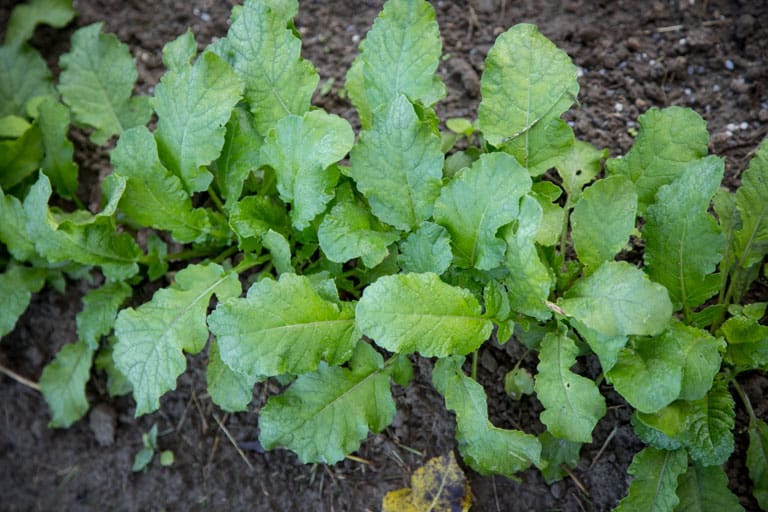
What kind of soil do Turnips Prefer? They can tolerate a slightly alkaline soil (they prefer 6.0 to 7.5.) As with most root vegetables, turnips grow best in loose and deep soil.
What are the different varieties of turnips? The most common “grocery store” turnips available here in the US are Purple Top, though there are dozens of varieties including Japenese turnips. When peeled purple top carrots are white inside. Golden turnips, are golden inside and out. Hakurei are a common variety of Japanese salad turnips. They are creamy white in color, with delicate green leaves and are eaten raw and do not need to be peeled. They have a crispy slightly spicy flavor, similar to radish.
Turnip Nutrition
The following information in this section about Nutrition was provided by RD and my friend Danielle Omar, Integrative Dietitian and creator of Nourish: 21 days of Clean eating. Find her at foodconfidence.com.
Turnips have myriad health benefits. Read more details in our complete guide to Turnip Nutrition where we will cover Carbohydrates, Glycemic Load FODMAPs and more.
Since turnips are cruciferous vegetables, they’re associated with cardiovascular health and cancer prevention thanks to their anti-inflammatory benefits.
They’re also rich in vitamin A, which is essential for healthy vision and immune health, vitamin C, an antioxidant that fights free radicals and promotes immune health, and vitamin K, which is essential for healthy blood clotting.
Turnips are high in fiber, making them filling and beneficial for digestive health, but lower in carbs than other root vegetables like potatoes.
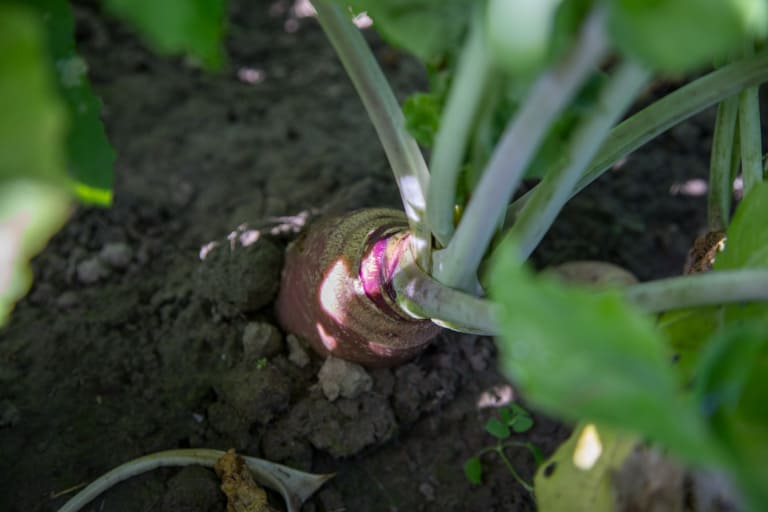
Turnip Buying and Storing
How do I choose turnips? Choose turnips without any sign of rot. Try to purchase them in groups of similarly sized turnips so they can be cut and cooked at the same rate. If the greens are attached, look for fresh (un-wilted greens) as that is a sign they were freshly picked. Once the greens start to wilt, they will pull moisture from the roots.
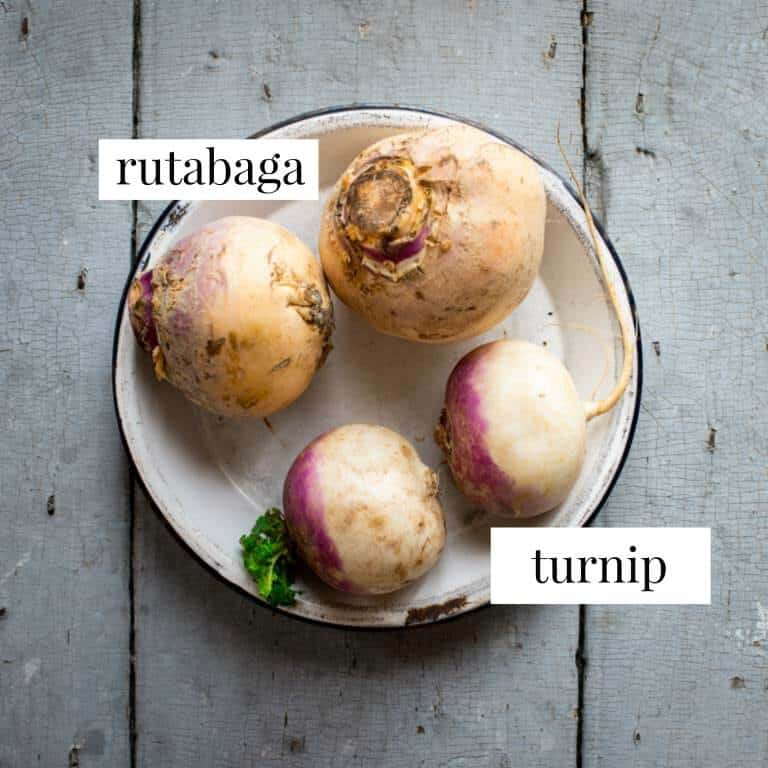
How Do I Tell The Difference Between a Turnip and a Rutabaga?
Turnips are usually smaller, and thinner skinned than rutabaga. Rutabaga are rarely sold with greens attached and are often coated in wax. Though there are golden varieties of turnips, mostly rutabaga are easily distinguished because they are more golden in color.
What is the best way to store Turnips?
Store turnips in a plastic bag in the produce drawer of your fridge. According to High Mowing Seeds “Unwashed roots can store for several weeks at 32°F at a high relative humidity as close to 95% as possible. With good air circulation, topped roots can be stored four to five months.” If you buy them with the greens attached, cut them off and store them separately, as the greens will pull moisture from the root.
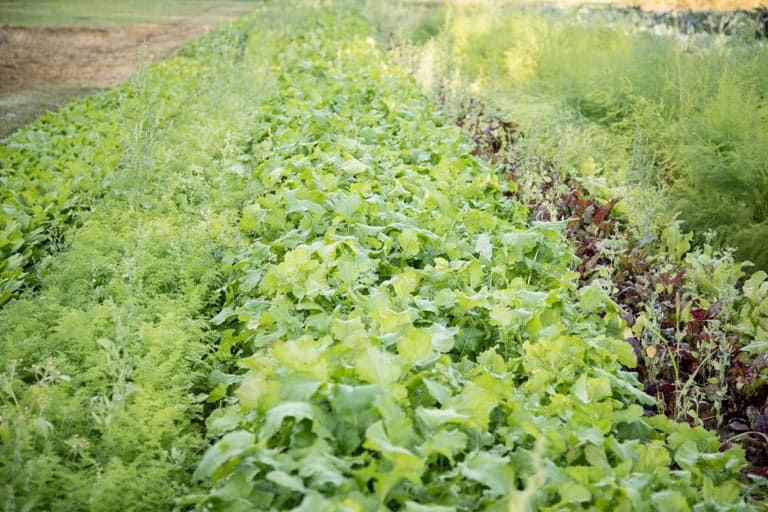
Can I freeze turnips?
Turnips do not freeze very well, as they become mushy. Once they are thawed, they are best used in stews or soups. Mashed turnip freezes well and can be blended into other mashed root vegetables such as potatoes.

What do Turnips taste like?
Turnips are mild and slightly spicy, similar to a radish in flavor. They have a slight sulfurous note as they are part of the brassica family.
What do they go with?
Turnips go great with pork. They are often paired with other root vegetables and cook nicely in stew recipes.
Strong flavors like smoked bacon, miso and Dijon mustard pair well with turnips as do spicy and creamy sauces, such as horseradish.
Try roasting peeled turnips with olive oil, dried herbs, salt and pepper until tender. Use a hot oven 400- 425 degrees F, and turn occasionally until browned in places and tender when pierced with a fork. Drizzle hot turnips with Balsamic vinegar and sprinkle with chopped parsley.
Toss cubes of hot steamed turnips with minced garlic cooked in olive oil. Add in salt, pepper, chopped thyme and grated Parmesan, and serve immediately. Serve with Crispy Skin Chicken Thighs, roasted spatchcock chicken and chopped winter salad.
Can you eat them raw?
Salad turnips are delicious raw. They are crisp like an apple, and sweet and peppery like a radish. They do not need to be peeled. Purple top and golden turnips, while technically edible raw, are more palatable when cooked. They are fibrous (like a beet) and if served raw should be finely shredded or jullienne cut.

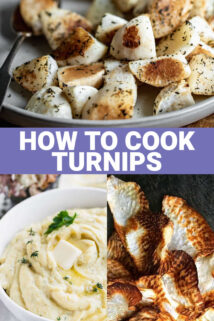
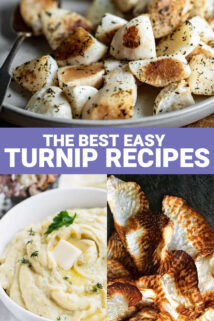
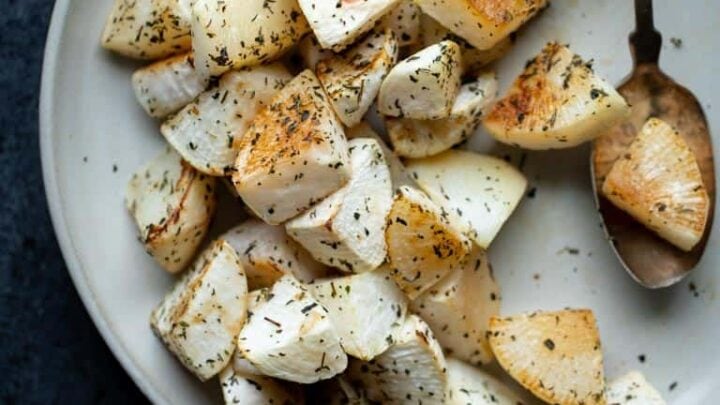
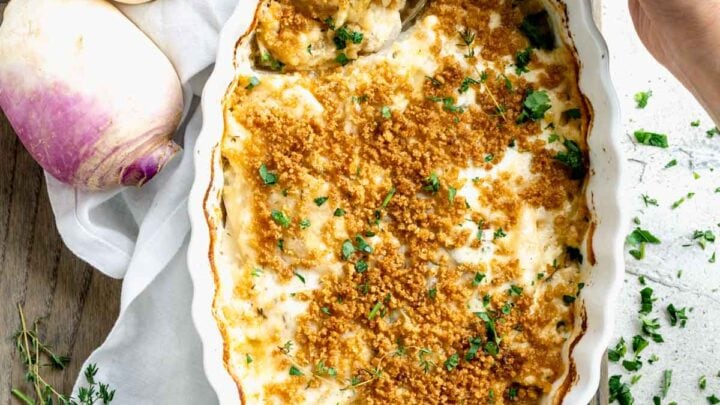
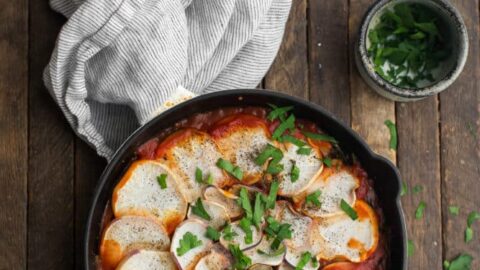
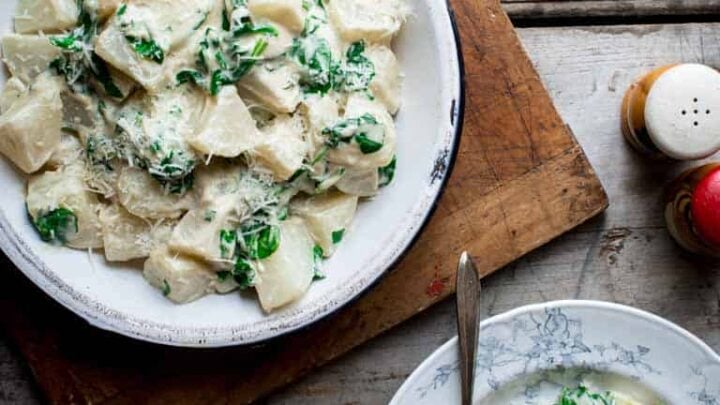
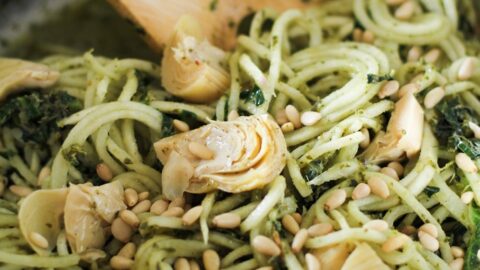
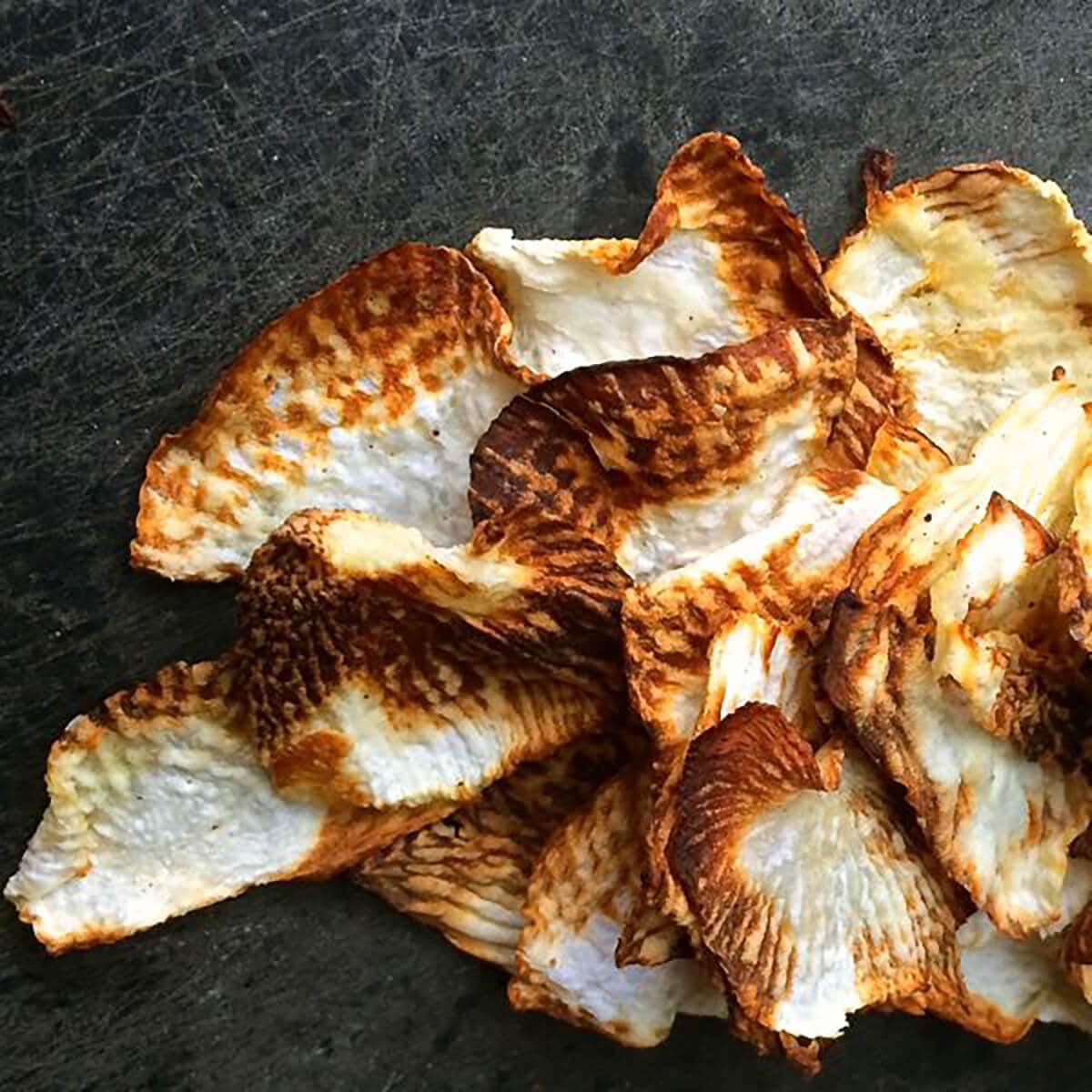
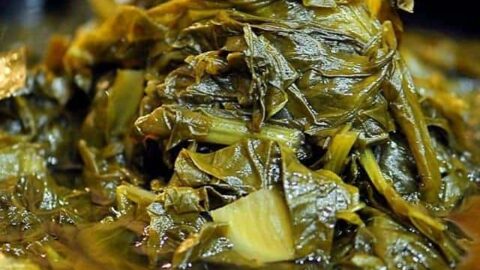
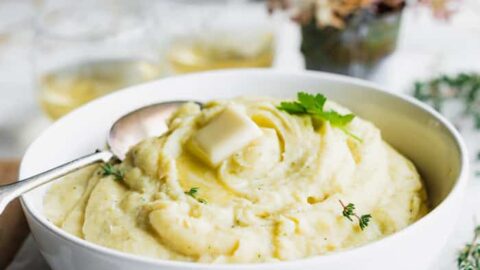
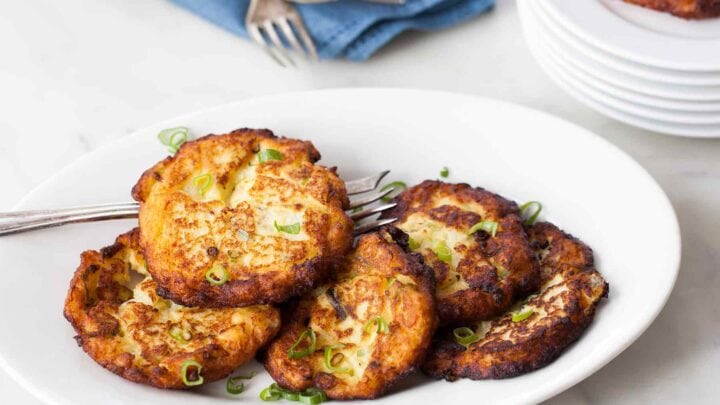


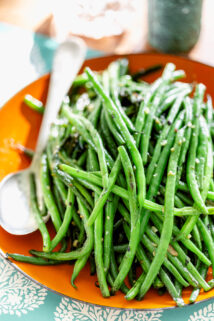

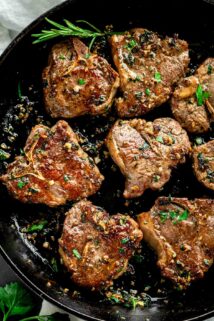
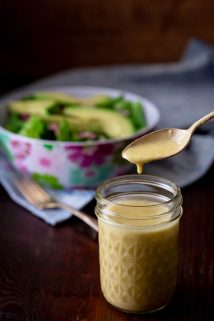

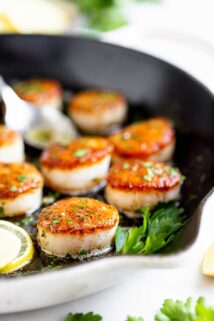
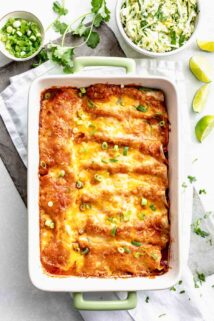
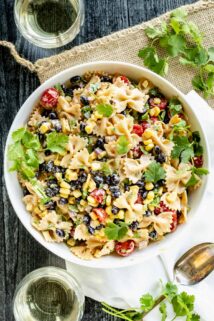

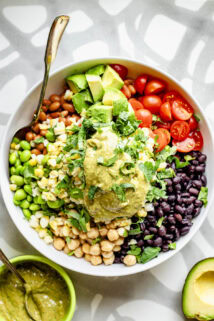
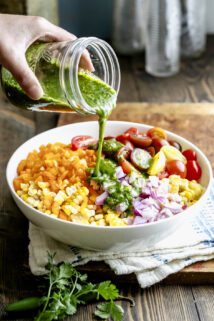
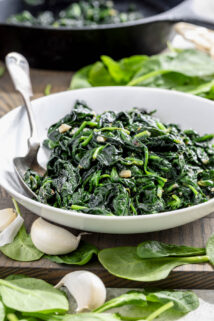
This is nothing short of a miracle for you! This is without a doubt the most amazing article I’ve ever read. Because of this, today is off to a much better start for me.
This is the most I have ever read about turnip! So interesting and I realized that I knew very little about them. Thank you!
I am a big fan of turnips! What a great post, thanks for including one of my recipes!
Thanks so much for coming by Kalyn!